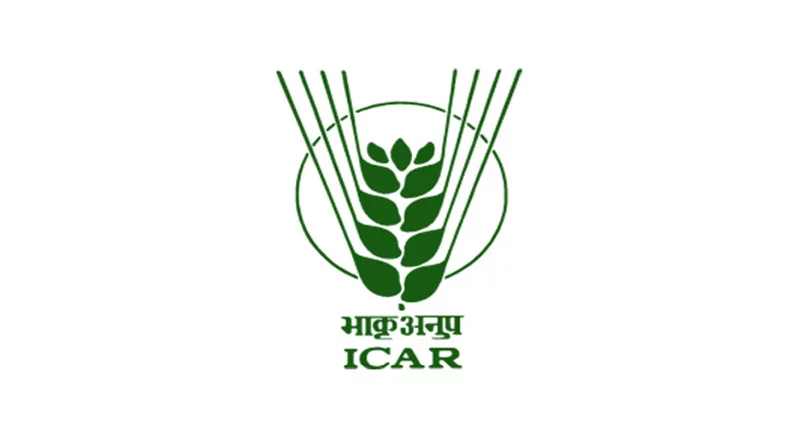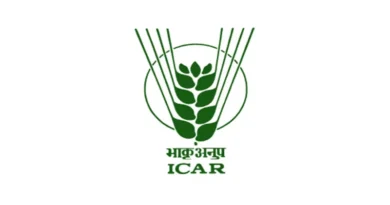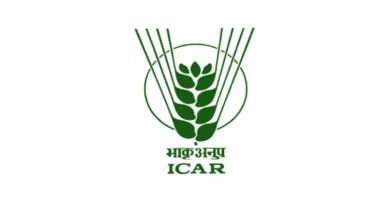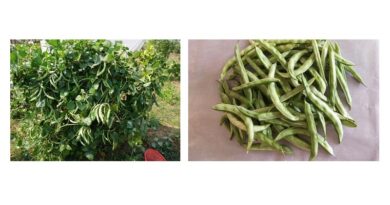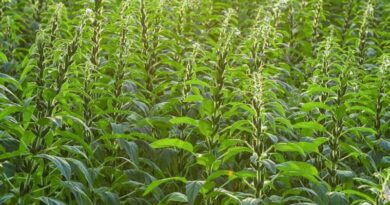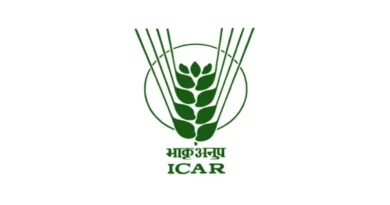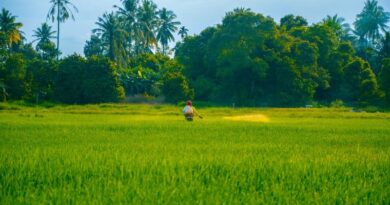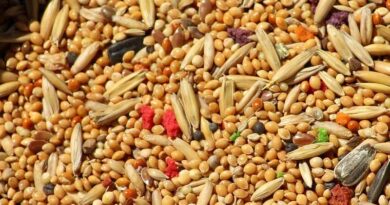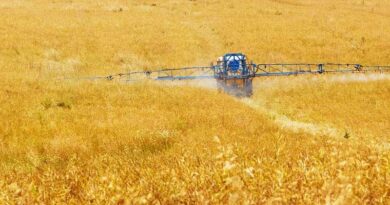Bael Variety ‘Goma Yashi’ helps farmers earn 1 lakh per hectare
15 March 2024, New Delhi: Bael cultivation in Gujarat faced significant challenges due to a lack of awareness about its economic relevance, health benefits, and nutritional significance. Bael plants with inferior fruit quality are naturally found in most dry forest areas of Gujarat. In 2002, the Central Horticultural Experiment Station ICAR-CIAH in Godhra, Gujarat, initiated intensive research on bael due to its significant role in health, economic security, and vulnerability to various disorders and ailments.
A huge number of clonal germplasm of bael (217) and seedling (129) were established at the field gene bank of stations which were collected from different parts of the country. Research work was carried out on Bael to develop technologies in the form of new and improved varieties and production techniques that suit to dry land conditions of arid and semi-arid regions.
The dedicated and sincere research efforts led to the development of 8 varieties of bael. Goma Yashi, a popular variety among farmers, is known for its thornless, papery shell thickness, high-quality fruits, and small stature, making it ideal for high-density planting. The Goma Yashi variety occupies over 600 hectares across various Indian states. Goma Yashi variety has expanded beyond Gujarat to Rajasthan, Karnataka, Madhya Pradesh, Chhattisgarh, Tamil Nadu, Maharashtra, Haryana, Punjab, Uttar Pradesh, and Andhra Pradesh.
The developed techniques were popularized through various media outlets, including research journals, magazines, newspapers, radio and TV talk shows, leaflets, technical bulletins, exhibitions, and farm visits organized by farmers and women in these regions to showcase their performance. The adoption of new technologies has significantly altered the mindset of farmers. The demand for planting materials is outpacing production, and the developed technologies have been accepted by farmers who appreciate the unique features of Goma Yashi bael, leading to a rapid increase in the area under this variety in western and central India.
No systematic orchards were available in certain regions of western India before 2009. The ICAR-CIAH Regional Station in Godhra, Gujarat, is the only station researching bael in the country. The Goma Yashi bael fruit has been popularized as an important horticultural crop. Farmers across the country have started large-scale block plantations, with over 1000 farmers bringing planting material from the station, VNR, Nursery, Raipur, and Ambica Agro, Anand. This variety promises socio-economic prosperity and nutritional security.
Farmers in various parts of India are now much more dependent on their crop fields and management techniques as a result of the project. Farmer’s fields, public and private institutions, and states like Madhya Pradesh, Maharashtra, Rajasthan, Gujarat, Punjab, Karnataka, Tamil Nadu, Haryana, and Uttar Pradesh have all adopted the technology. Bael fruit typically sells for between Rs. 15 and Rs. 20 per fruit, with earnings in the 5th and 6th years ranging from Rs. 75,000 to Rs. 100,000 / hectare. Other farmers in the surrounding communities have been motivated by this effort to grow bael in arid and semi-arid areas, creating a need for planting supplies and opening up opportunities for young farmers to start their businesses.
Also Read: No pump and no hassle with the new Demand® CS insecticide 10-gallon drum from Syngenta
(For Latest Agriculture News & Updates, follow Krishak Jagat on Google News)

